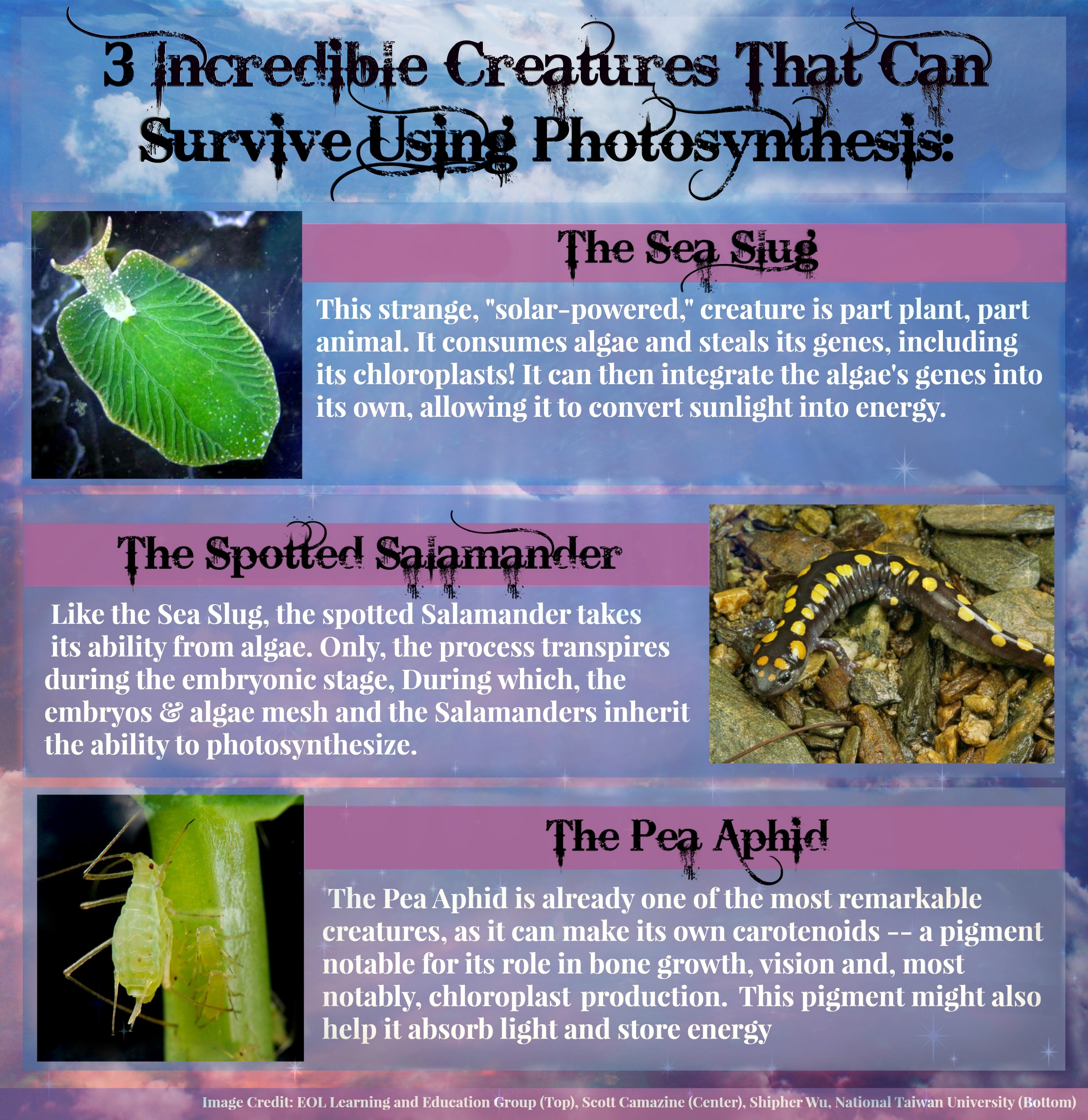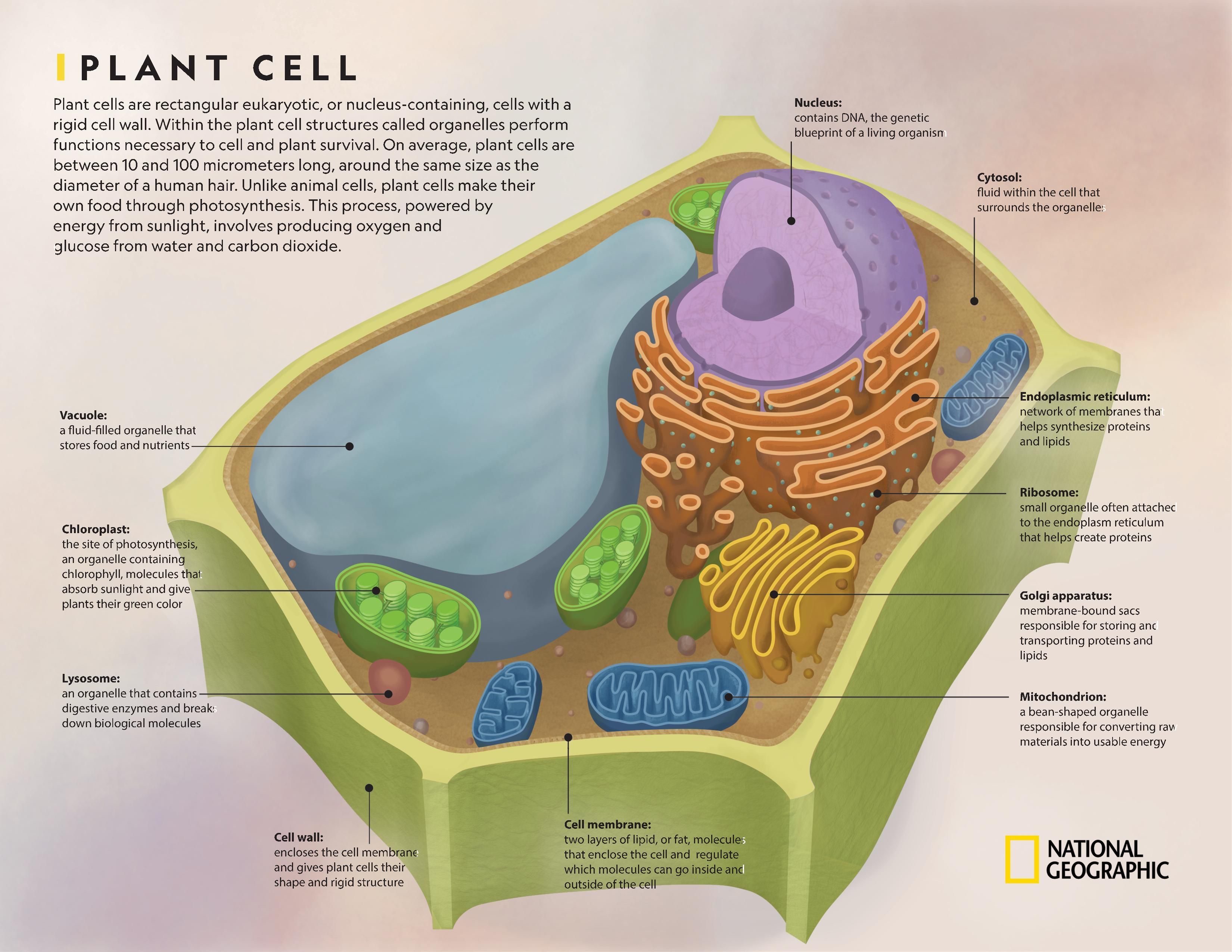Why Do Animals Not Have Chloroplasts

These cells also have many chloroplasts in order to trap as much light as possible.
Why do animals not have chloroplasts. Both plant and animal cells are eukaryotic so they contain membrane-bound organelles like the nucleus and mitochondria. Plant cells have chloroplasts but animal cells do not. Chloroplasts are found only in plant cells because they contain a green pigment called chlorophyll.
Why do plant cells have chloroplasts and animal cells do not. Animal cells do not have chloroplasts or cell walls. Plants produce their own food via photosynthesis because they are at the bottom of the food chain - they are the producers whereas animals eat either plants or other animals.
Like mitochondria chloroplasts have their own DNA. Major structural differences between a plant and an animal cell include. Consider that plants maximize their surface area to the extent possible for a living organism and still only have enough energy to grow and reproduce - movement is essentially impossible.
In order to do photosynthesis a plant needs sunlight carbon dioxide CO2 and water Why Do Plant Cells Have Chloroplasts And Animal Cells Do Not - 217 Animal vs. The entire process is called photosynthesis and it all depends on the little green chlorophyll molecules in each chloroplast. Plant cells have a cell wall chloroplasts and other specialized plastids and a large central vacuole whereas animal cells do not.
Animal cells dont have a dividing cell wall like plant cells do but both do have plasma membranes. Accordingly why are chloroplasts found in plant cell only. I believe the gist of it is that chloroplasts simply cannot create enough sugar from photosynthesis to significantly power the energy-intense needs of any but the simplest of animals.
Support your claim with evidence from the article. Leave a Reply Cancel reply. So the answer is no.

















